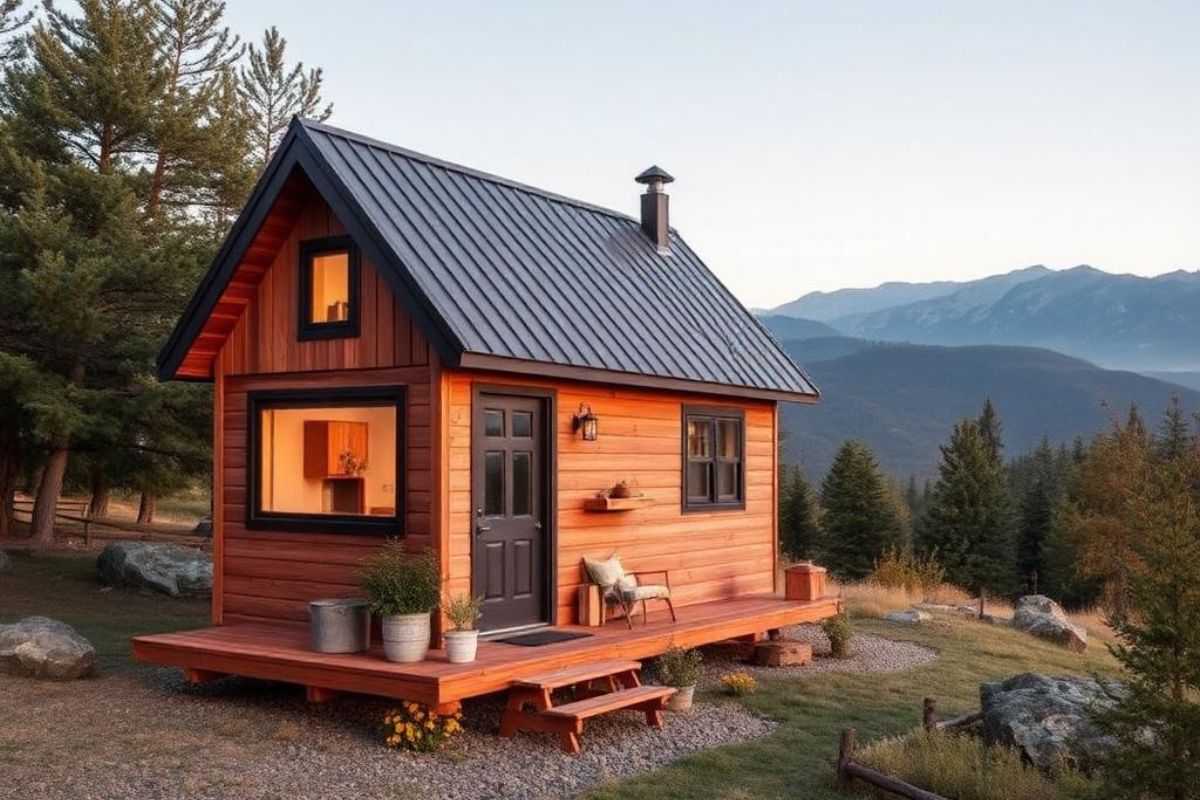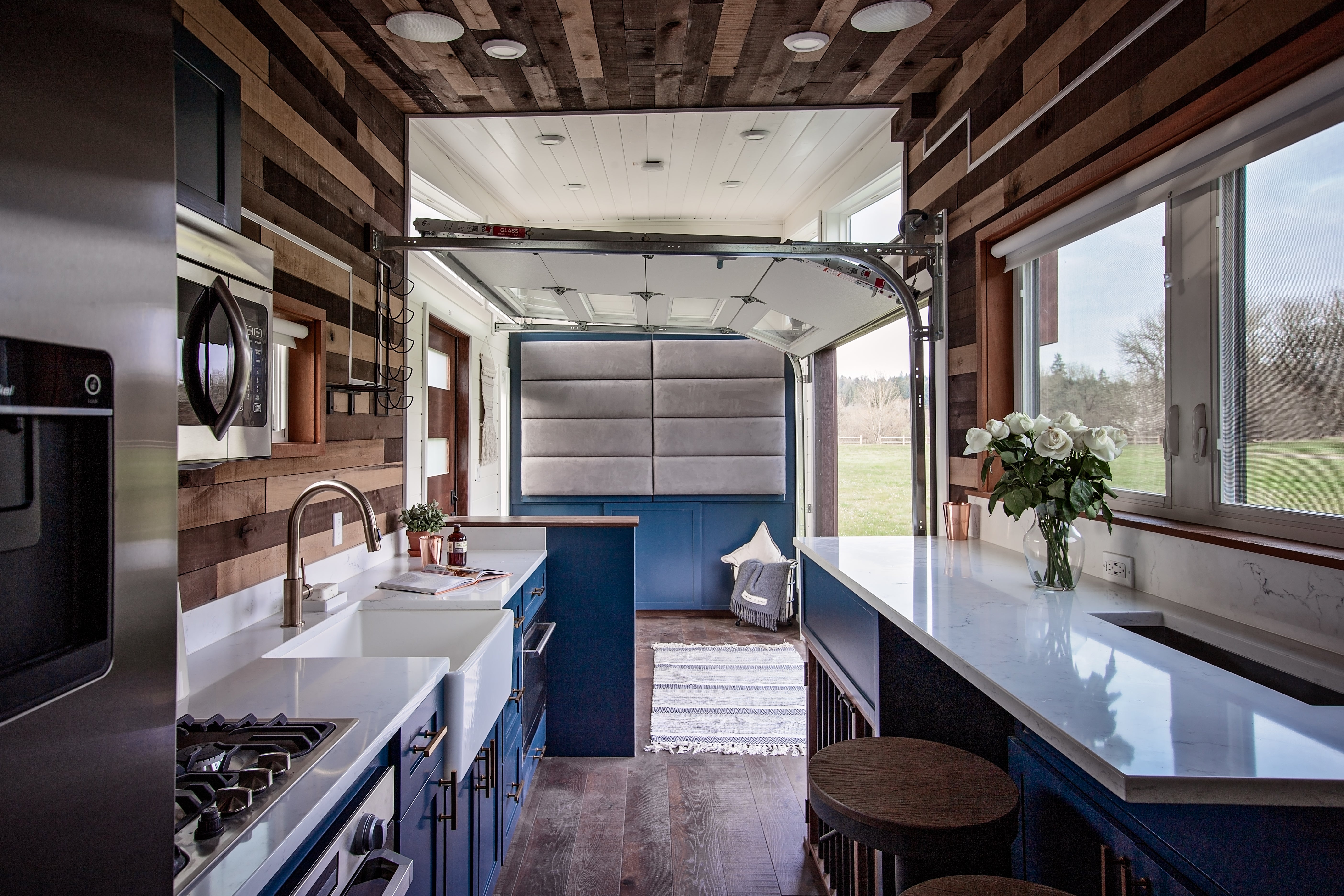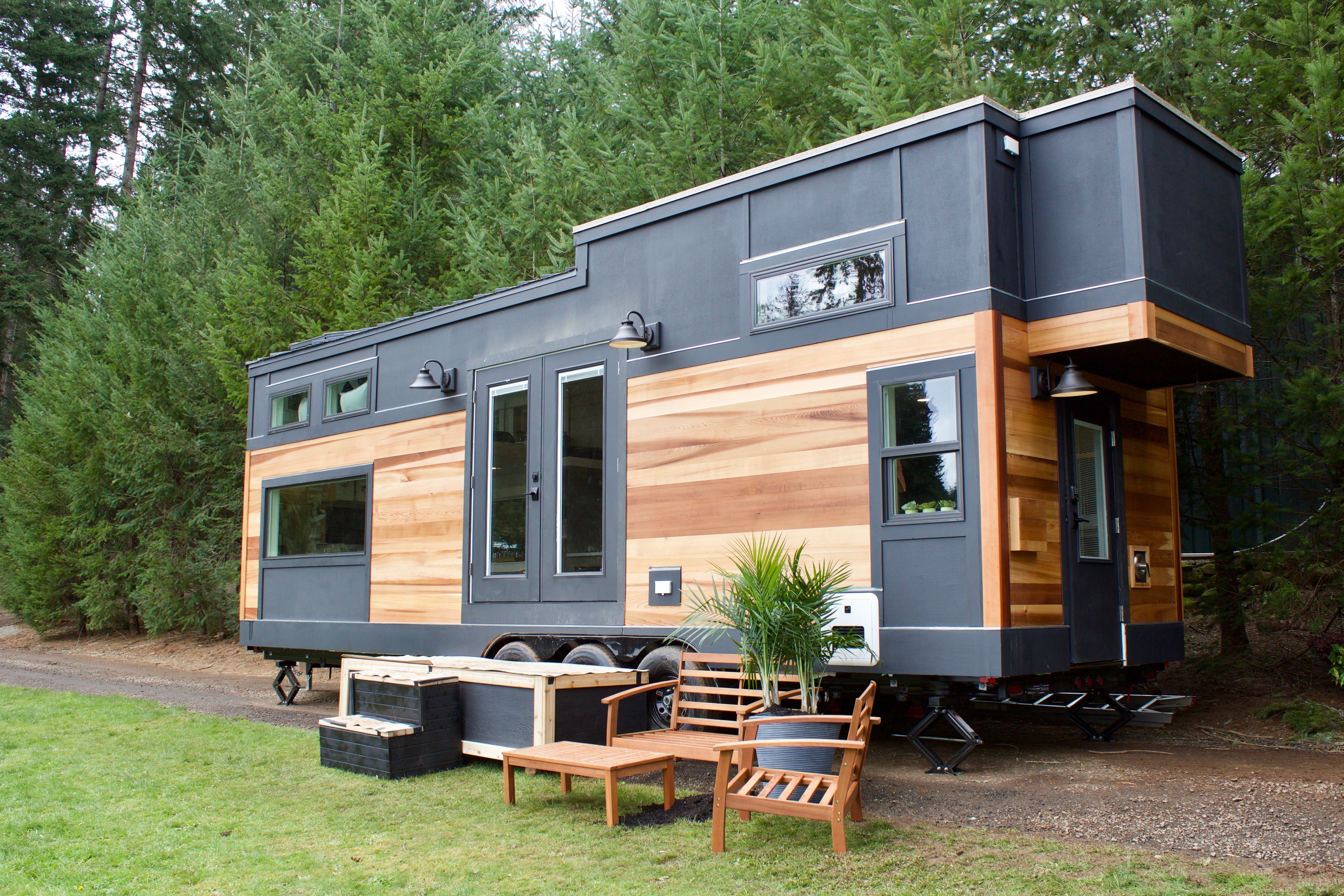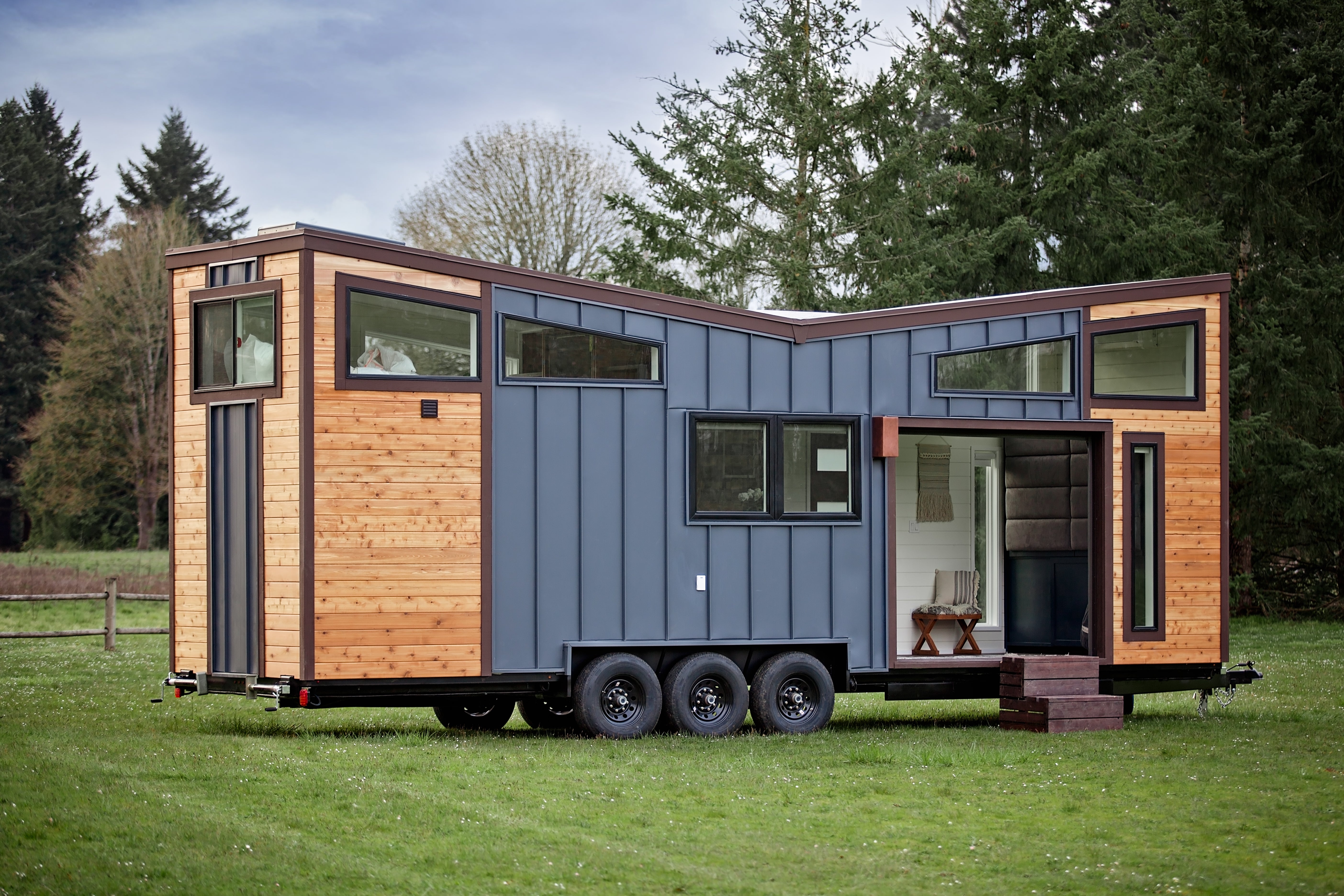When building a tiny house, watch out for hidden costs like zoning and permitting fees, utility connection expenses, and land preparation. Custom materials and specialized labor can stretch your budget, while transportation and unexpected repairs can leave you paying more than expected. Initial savings can quickly dissolve as these factors come into play. Explore further for an extensive understanding of challenges you might face and strategies to navigate them effectively.
Key Takeaways
- Zoning laws and permitting fees can add unexpected expenses to your tiny house project.
- Utility connection costs may vary and increase significantly based on site location and infrastructure proximity.
- Land preparation expenses, including grading and drainage, can be substantial depending on terrain conditions.
- Custom materials and finishes might lead to higher costs due to unique transportation and installation requirements.
- Specialized labor for tiny house construction can be costly but is crucial to avoid expensive errors.
Zoning and Permitting Fees
When planning to build a tiny house, zoning and permitting fees can quickly add up and catch you off guard. First, you need to check local zoning laws to guarantee your tiny house is allowed on your desired property. Some areas have minimum size requirements that tiny houses might not meet. If zoning laws are restrictive, you might need to apply for a variance, which involves additional costs and time. Next, consider permitting fees. They vary widely by location and can include building permits, inspections, and environmental assessments. Don't forget that these fees are necessary to guarantee safety and legality. Researching local regulations thoroughly and consulting with your local planning department early can help avoid unexpected expenses and delays.

Utility Connection Costs
After maneuvering through zoning and permitting fees, it's important to factor in utility connection costs, which can considerably impact your budget for a tiny house. Connecting to electricity, water, and sewage isn't as straightforward as it may seem. Costs vary based on location and proximity to existing infrastructure. If your site is remote, expect higher expenses. Electric connections might involve installing poles or transformers. Water could require trenching and pipes, while sewage might need septic systems if public connections aren't available. Always check with local utility companies for estimates and requirements. Consider renewable options like solar panels, which, though initially pricey, can reduce long-term costs. Planning ahead guarantees you won't face unexpected financial burdens as your tiny house becomes your dream home.
Land Preparation and Site Work
Before you lay the foundation for your tiny house, thorough land preparation and site work are essential steps that can directly affect both your budget and the success of the project. You need to evaluate the terrain to determine if grading or leveling is required. This process, often overlooked, can be costly, especially if heavy machinery is involved. Soil testing is another vital factor; poor soil conditions may necessitate additional stabilization measures. Access to the site is important—consider the cost of improving roads for construction vehicles. Additionally, make sure proper drainage to prevent future flooding issues. Don't forget permits; acquiring them can be time-consuming and expensive. By managing these aspects carefully, you'll avoid unexpected expenses that could derail your tiny house dream.

Custom Materials and Finishes
Custom materials and finishes in tiny house building can considerably elevate both aesthetics and functionality, but they often come with hidden costs that shouldn't be underestimated. When opting for unique woods, high-end tiles, or bespoke cabinetry, you'll likely face increased expenses not just for the materials themselves but also for their transportation and installation. Custom orders may require longer lead times, which can delay your project and increase labor costs. Furthermore, specialty finishes often demand specific maintenance to preserve their quality, adding to long-term expenses. Be mindful that what appears as a one-time splurge might evolve into recurring costs. Balancing design aspirations with budget realities is essential to avoid financial strain while achieving your dream tiny home's look and feel.
Specialized Labor and Expertise
Beyond the allure of custom materials and finishes lies the necessity for specialized labor and expertise in tiny house construction. You might think building a tiny house would be straightforward, but the unique design intricacies demand skilled professionals. Architects and engineers familiar with compact spaces guarantee that every inch counts, maximizing both functionality and aesthetics. Hiring these experts isn't cheap, but their knowledge can save you from costly mistakes.
Electricians and plumbers adept at working in tight quarters are essential. They understand how to install systems efficiently without sacrificing safety or usability. Don't underestimate the need for skilled carpenters who can craft multi-functional furniture and storage solutions. While DIY might seem tempting, investing in these professionals assures your tiny house is both beautiful and livable.

Transportation and Delivery Expenses
When planning your tiny house project, transportation and delivery expenses can quickly add up, often catching first-time builders by surprise. Moving a tiny house requires specialized equipment and professionals, which can lead to unforeseen costs. You'll need a reliable towing vehicle, which might mean renting or hiring a service if you don't own one. Additionally, consider the distance to your desired location—fuel costs and potential tolls can inflate your budget. It's essential to account for permits and route planning; some areas have restrictions on oversized loads. Moreover, delivery times can affect expenses. Delays might incur storage fees or additional labor costs. By meticulously planning these aspects, you can better anticipate and manage transportation expenses, ensuring your project stays on track.
Unexpected Maintenance and Repairs
After ensuring your tiny house reaches its destination, another layer of unexpected expenses may arise in the form of maintenance and repairs. Tiny homes aren't immune to wear and tear. For instance, plumbing issues can surface, especially if pipes aren't winterized correctly. Electrical systems, often designed to be compact, might require specialized attention if they fail. Roof leaks, a common issue due to the small footprint, can cause significant damage if not promptly addressed. Additionally, humidity control is vital as mold can develop quickly in such confined spaces. Regular inspection and upkeep are essential to avoid costly repairs. Consider setting aside a contingency fund to manage these unforeseen challenges, ensuring your tiny home remains a cozy, functional sanctuary.
Conclusion
Building a tiny house involves more than meets the eye. You'll face zoning and permitting fees, utility connection costs, and land preparation expenses. Custom materials and finishes can drive up your budget, while specialized labor adds to the cost. Don't forget about transportation and delivery expenses, as well as unexpected maintenance and repairs. By understanding these hidden costs, you can make informed decisions and guarantee your tiny home journey stays on track financially.






Share: